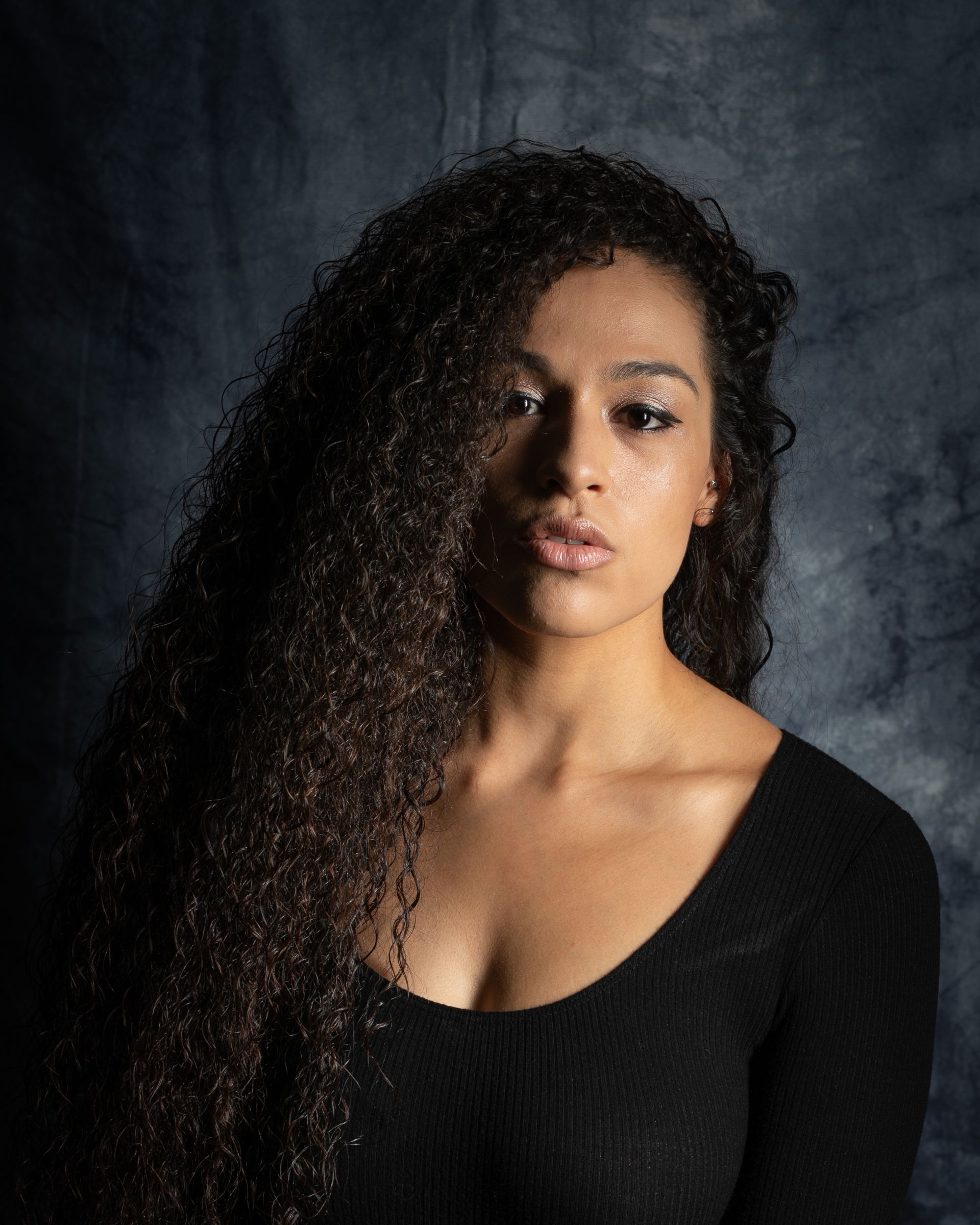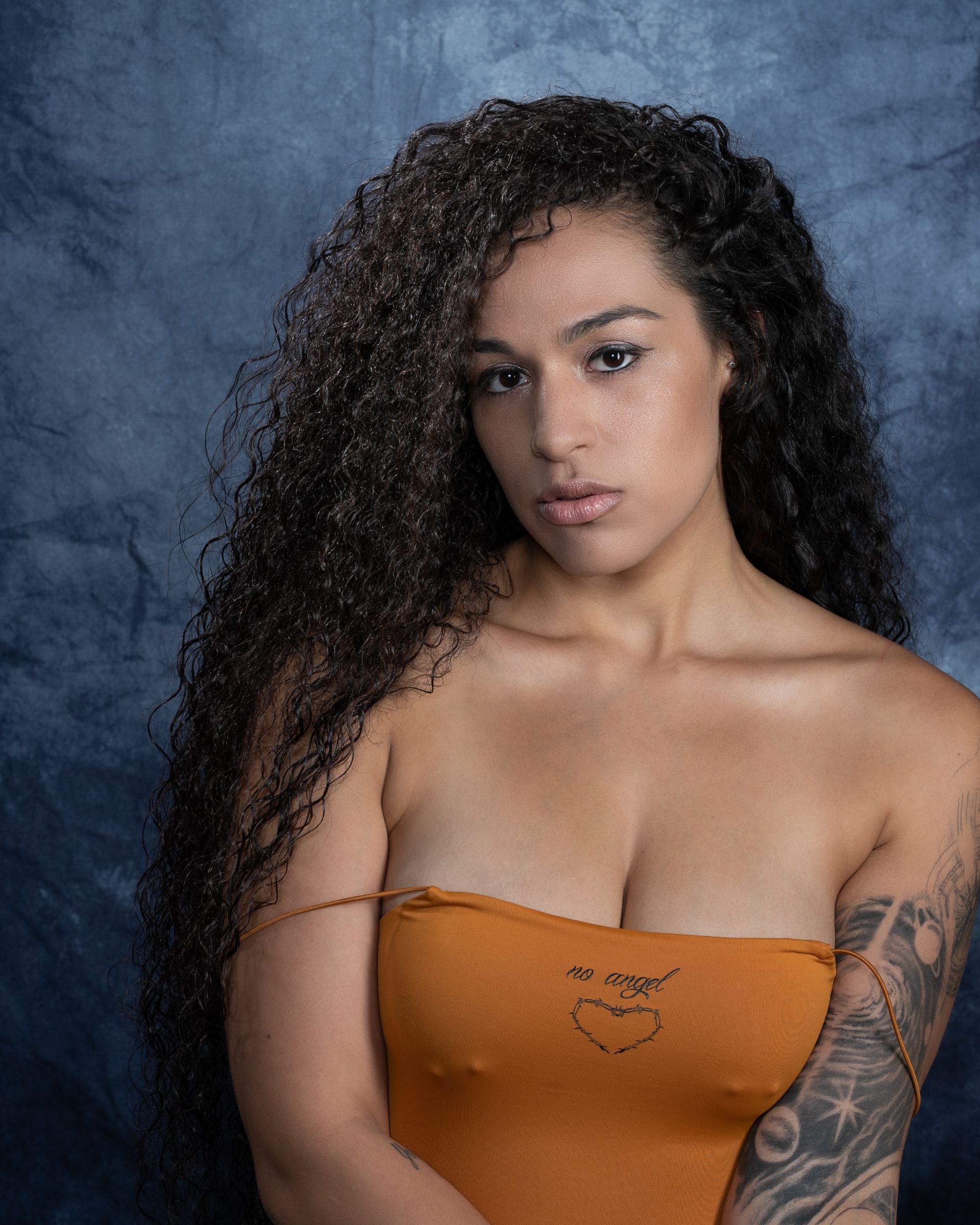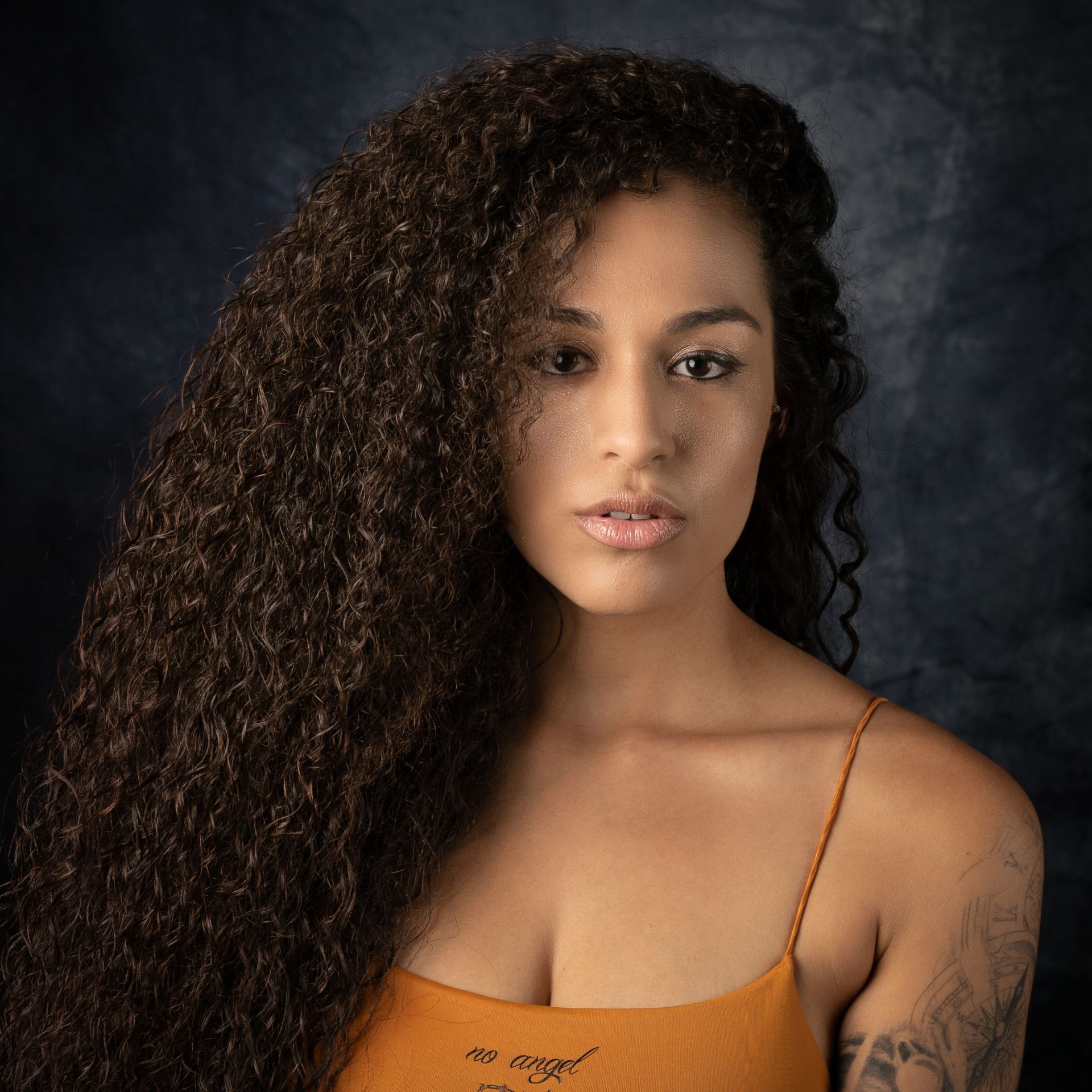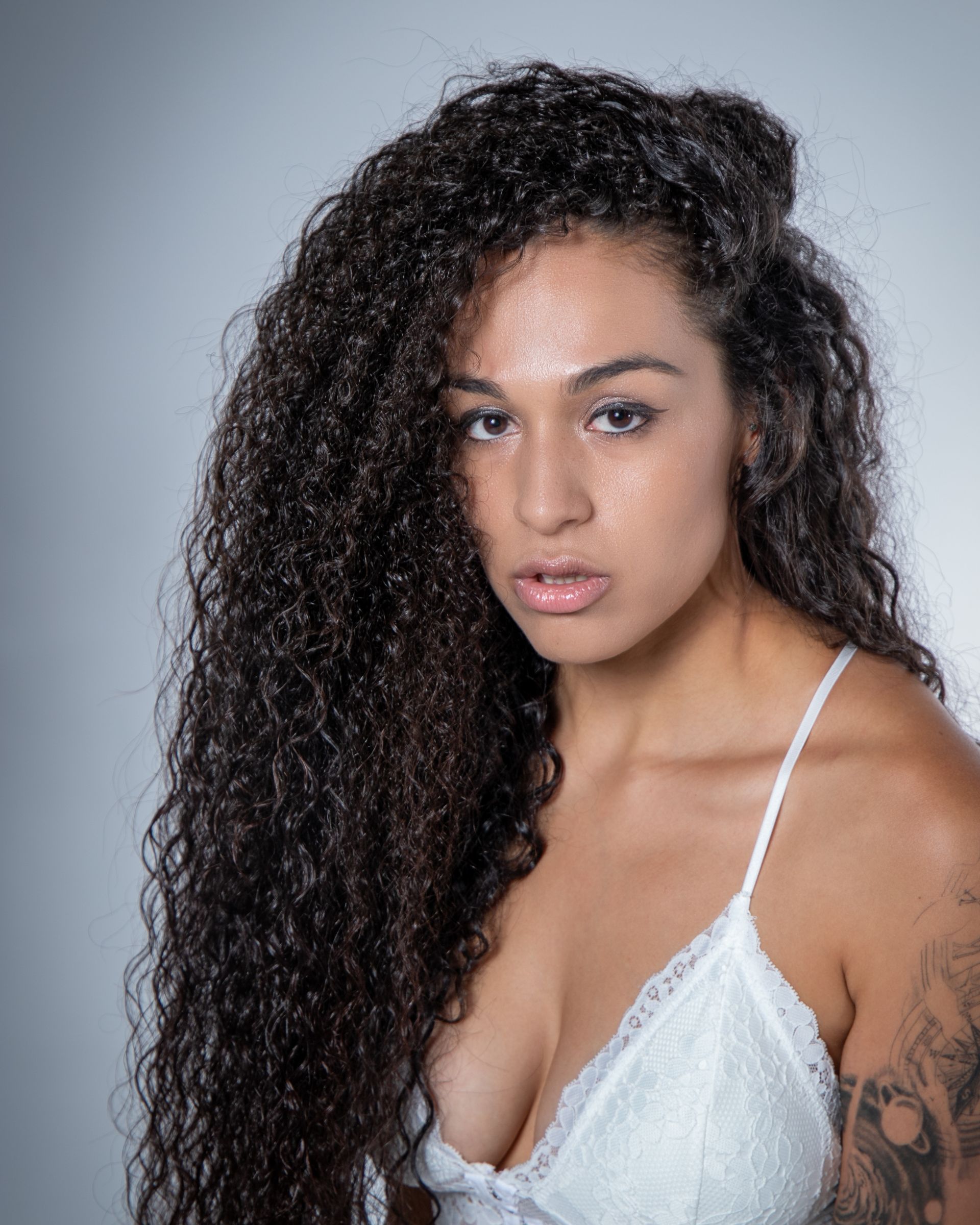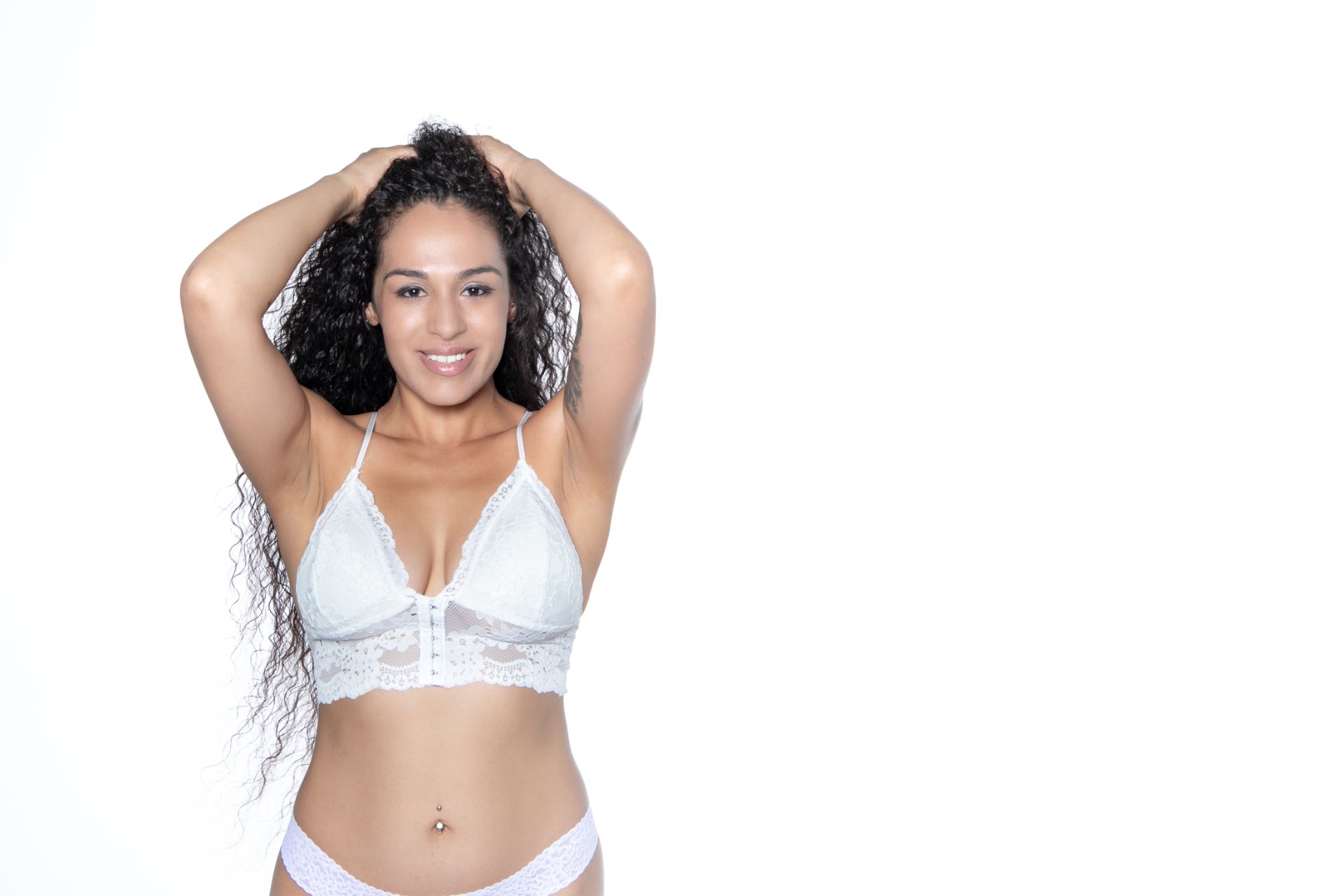A couple of months ago, I had the pleasure to meet Cliff Lawson, an award-winning portrait photographer. He rented the studio, and he had brought all his own lights. There wasn’t much I could help him with, so I left him to set up. After he set up, he asked if I could sit down for a test shot. I sat down with the lights set up around me. He clicked the shutter button and said, “That looks okay.” I took a look and was blown away. The light was pretty much perfect, and my portrait looked fantastic. Here’s that one test shot (edited by Cliff)…

But what was even more impressive is the way he set the light levels on four flash units, each with different modifiers: He completely dialed in the exposure levels without even having someone sitting in the chair! He used a light meter to dial in that exposure and set the various lighting ratios between each light. He didn’t need a model to know how bright each light needed to be. He simply measured it out with his light meter. So I hired Cliff to teach me how to use my light meter and measure my light, both indoors and outdoors.
I was also very interested in “lighting ratios”, so I asked Cliff to come into the studio and teach me about the subject and these images with Brynn are my experiment. I wasn’t focused on coaching or getting a great picture. I was focused on metering my light to create various lighting ratios.
A lighting ratio in photography refers to the comparison of the amount of light coming from your key light (the main source of light) to the other lights (like hair lights, background lights, fill lights). In one of the first workshops I ever did, the instructor was talking about the light levels and about photographers using recipes. I didn’t really understand what he was talking about at the time, but now I know that he was referring to lighting ratios. Old-time photographers, and maybe some photographers today, use particular ratios of brightness for various lights to get a look that is uniquely theirs. They measure these levels very carefully with their light meters. That’s their recipe.
If you look at these images carefully, you may notice some subtle changes between the key light, hair light, background light, and fill light as we played with the levels. The last set in the white lingerie was mostly just for fun. This photoshoot was all about me and Brynn was very patient with our setups. In my next shoot with Bryn, I promise to do something a little more creative.



